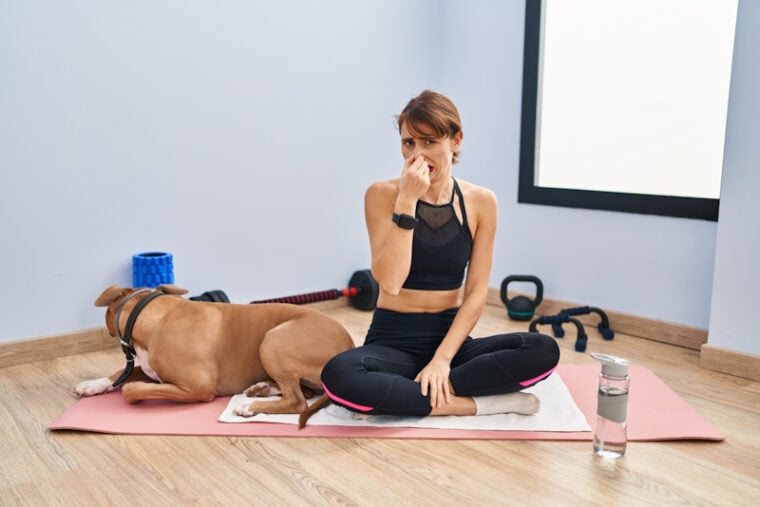
Click to Skip Ahead
Sniff, sniff. Pee-ew! There’s no need to point fingers—everyone knows exactly where the foul stench came from.
Dogs can produce some repulsive odors at times. How can that be when they’re so cute? Well, farting is part of nature, but it can also be a serious medical concern in some cases. If your dog’s farts are horribly smelly, there are a few potential reasons for you to check out below.
The 6 Reasons Your Dog’s Farts Smell So Bad
1. Gas-Inducing Foods
Although healthy, many vegetables and legumes can cause frequent stinky gas.
Some of the most common culprits include:
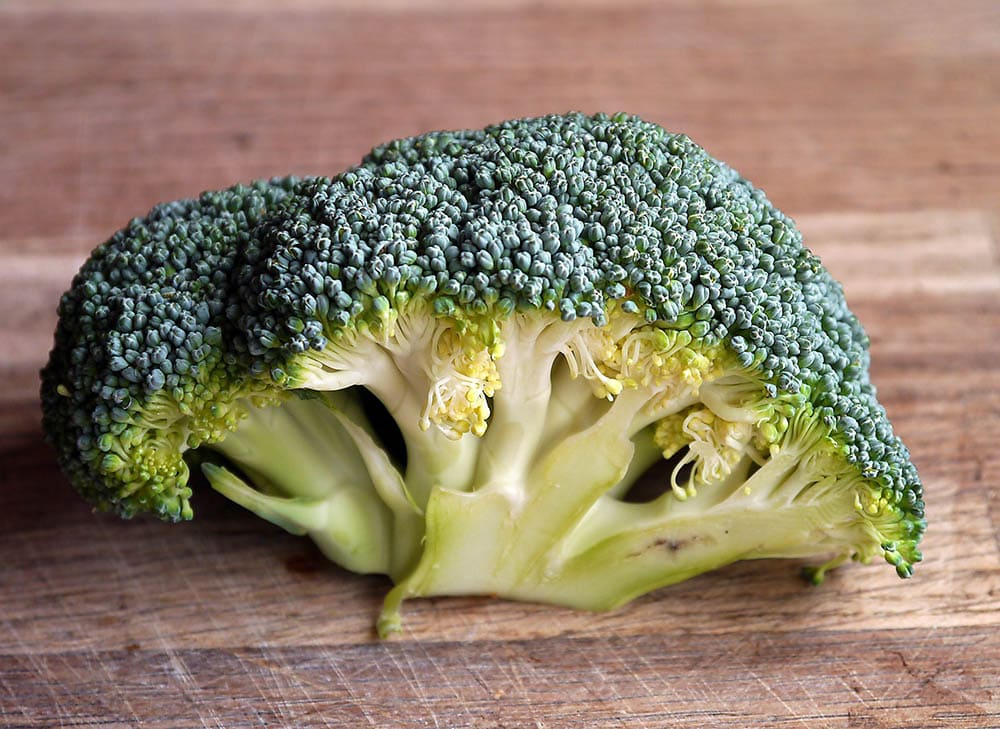
2. Poor Diet
Fermentation is the body’s natural process of absorbing all the vitamins and minerals from food. It’s something all animals, including humans, endure when eating.
The gut contains natural bacteria and acids that help with the fermentation process. Fermentation always leads to some gas called hydrogen sulfide, but foods higher in sugar and digestible fiber cause more gas.
In addition, fatty foods take more time to digest and, therefore, will result in the sugars to ferment for a longer period in the gastrointestinal tract.
3. Food Allergies and Intolerances
If your dog’s body doesn’t like it, the body won’t process it very well, and you’ll know about it because of the stinky farts.
The signs of food allergies and intolerances can range from itchy skin to noxious farts and diarrhea. Finding the cause is tough, but it can be done through a tedious process of elimination.
If you’ve recently put your dog on a new food and have noticed some horrible gas, that should indicate that something isn’t sitting well with your dog. Additionally, it is always recommended to allow the dog’s digestive system to adapt to a new food by a gradual transition. This is achieved by mixing the new kibble with the old kibble slowly until your dog is fully acclimated.
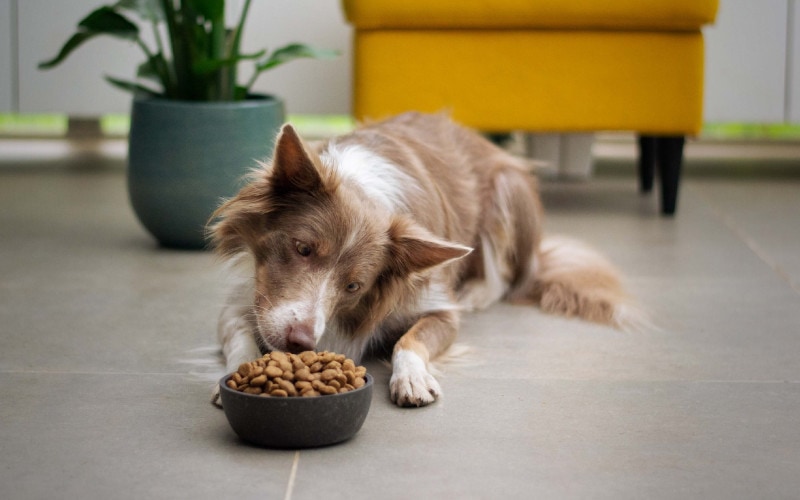
4. Gastrointestinal Problems
Sometimes, the issue isn’t the food itself. It’s a medical problem with your dog’s digestive tract.
The only real way to know if the problem is with the GI tract is to have your veterinarian examine your dog. Watch out for signs like chronic or intermittent diarrhea, unfoormed feces, constipation, worms in stool, inappetence, and increased appetite. These are a few signals that something is wrong.
5. Eating the Air
Dogs that rush their meals often swallow air when they eat. Flat-nosed dogs like Pugs and English Bulldogs will also swallow air while they eat. All that extra air in the intestines must be released somehow! And you can count on them being stinky, too.
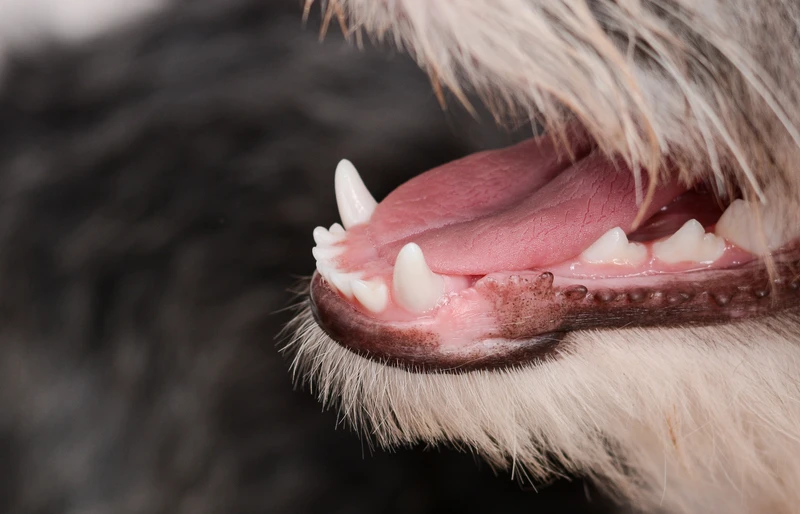
6. Being a Couch Potato
Movement helps food move throughout the digestive tract avoiding excessive fermentation. However, lying around might keep food in the intestines for longer. This is true for your dog as well. Remember, the longer food takes to transit through the gastrointestinal tract, the more likely the farts will be stinkier.
When Should I Call the Vet?
Farting is a natural part of life. But when does it become a true medical concern? There are a few signs.
As mentioned above, frequent pungent gas paired with signs like diarrhea requires you to seek veterinary attention for your dog. This is especially true if the gas starts occurring more frequently and smells worse.
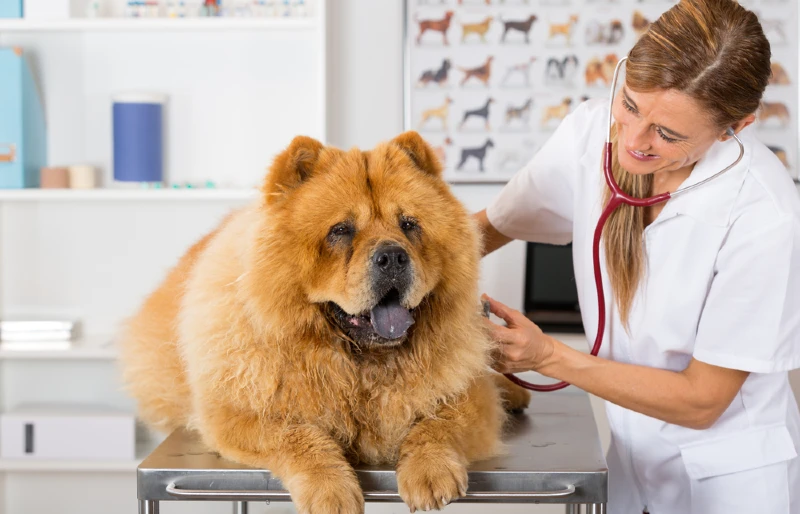
How to Relieve Deathly Dog Gas
If there are no accompanying medical problems, you can always try relieving your dog’s gas with a few adjustments.
1. Avoid Gassy Foods
A quick fix is to avoid feeding gas-inducing foods to your dog. This includes table scraps and treats. Instead, offer treats designed for sensitive stomachs. The most common ingredients you’ll see in these treats include pumpkin, ginger, turmeric, and parsley.
Also, keep your dog out of the trash!
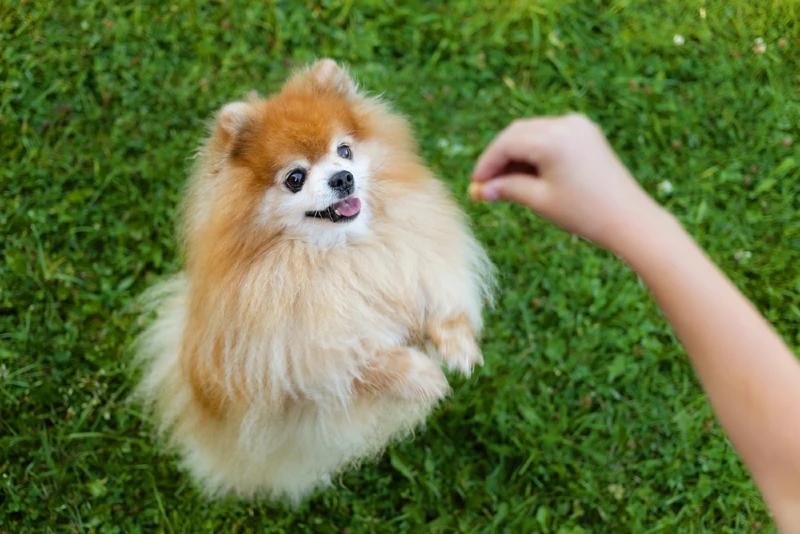
2. Change the Protein Source
Not all proteins process in the same way. For example, red meat takes longer to digest than salmon. Your dog may have a protein sensitivity, requiring a quick protein adjustment. Try offering different foods (slowly) and see if your dog shows any improvement.
3. Offer a Probiotic
This may require a veterinarian’s approval, but a probiotic can help build good bacteria in the gut to improve that natural balance of digestion.
Luckily, many dog foods these days include probiotic bacteria in their foods. However, you don’t want to feed just any probiotic to your dog.
Keep an eye out for these strains in dog food or ask your vet to recommend some supplements and you should be on the way to a less stinky dog.
4. Feed Fewer Meals
If your dog likes to inhale its food, it’s a good idea to try and feed smaller meals throughout the day. Your dog won’t swallow as much air all at once.
Slow feeders and food puzzles are great ways to slow the feeding process. Plus, they keep your dog entertained!
5. Get Active
After dinner, get on your feet and get active with your dog. Grab the leash and go for a quick walk, or head out to the backyard and toss the ball. It doesn’t have to be strenuous. You can even toss a ball around in the house.
The important thing is to get your dog out of the couch-potato lifestyle and help the food move swiftly through the GI tract.
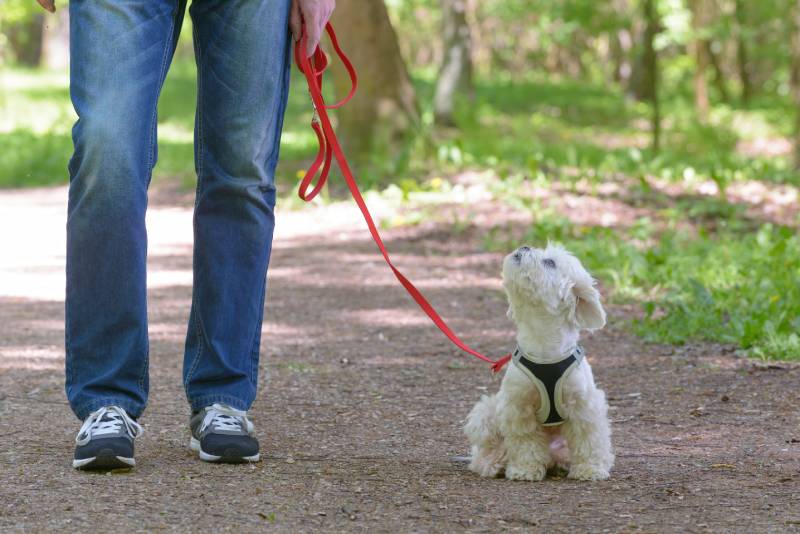
Conclusion
Dog farts can be so stinky that you’ll need a gas mask to get through the after-dinner digestion phase. But it doesn’t have to be this way. A few changes and perhaps a trip to the vet can help your dog go from a putrid gym sock to, well, an average smelly dog in no time.
Featured Image Credit: Krakenimages.com, Shutterstock








